Machining refers to the manufacturing process where material is removed from a workpiece to shape it into the desired form. This subtractive method utilizes cutting tools or abrasives, resulting in a precise and finished product. It is crucial for creating components in industries like automotive, aerospace, and electronics. Machining typically involves various operations such as turning, milling, drilling, and grinding, allowing manufacturers to produce intricate parts efficiently.
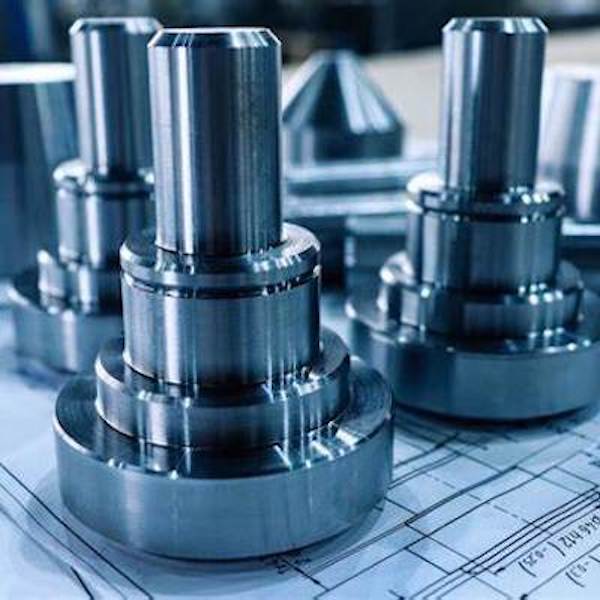
Importance of Machining in Manufacturing
Machining plays an essential role in modern manufacturing. It enables the production of high-precision parts that meet specific design requirements. Companies rely on machining processes to ensure:
High-quality production of mechanical components.
Tight tolerances and accuracy for assembly and functionality.
Customization for prototypes or low-volume production.
Mass production of standardized parts used in various industries.
Without machining, achieving the required precision and consistency across different materials would be challenging.
Subtractive Manufacturing Process Overview
Machining is a subtractive manufacturing process, meaning it removes material to create a desired shape. This contrasts with additive processes like 3D printing, where material is added layer by layer. Subtractive machining involves various methods depending on the tool used and the material being cut. Common operations include turning, where a workpiece rotates against a cutting tool, and milling, which uses a multi-point cutter to remove material.
The subtractive process follows these general steps:
A workpiece is selected (metal, plastic, or composite).
Material is removed by cutting, drilling, or grinding.
The part is refined to achieve the final shape and dimensions.
This process is essential for making parts where tight tolerances and high-quality finishes are required.
Core Objectives in Modern Machining
1. Precision Shaping and Sizing
The primary goal focuses on achieving exact geometrical specifications:
Creating complex shapes impossible to produce through other manufacturing methods
Maintaining tight dimensional tolerances across multiple production batches
Ensuring consistency in component sizing for assembly requirements
Delivering repeatable results in high-volume manufacturing scenarios
2. Dimensional Accuracy
Modern machining processes prioritize exact measurements:
| Accuracy Level | Typical Application | Common Process |
| Ultra-precision | Optical components | Precision grinding |
| High precision | Aircraft parts | CNC milling |
| Standard | Automotive components | Traditional turning |
| General | Construction parts | Basic machining |
3. Surface Quality Enhancement
Surface finishing objectives include:
Achieving specified surface roughness requirements for functional components
Eliminating tool marks and manufacturing imperfections through precise control
Meeting aesthetic requirements for visible product components
Creating optimal surface conditions for subsequent manufacturing processes
4. Efficient Material Removal
Strategic material removal processes ensure:
Optimal cutting parameters to maximize production efficiency
Minimal waste generation through precise toolpath planning
Reduced energy consumption during manufacturing operations
Extended tool life through proper cutting conditions
Conventional Machining Processes
Conventional machining refers to traditional processes that remove material from a workpiece using mechanical means. These methods rely on direct contact between a cutting tool and the workpiece to shape, size, and finish parts. They are widely used in manufacturing due to their accuracy and versatility. Key conventional machining processes include turning, drilling, milling, and grinding, among others.
Turning
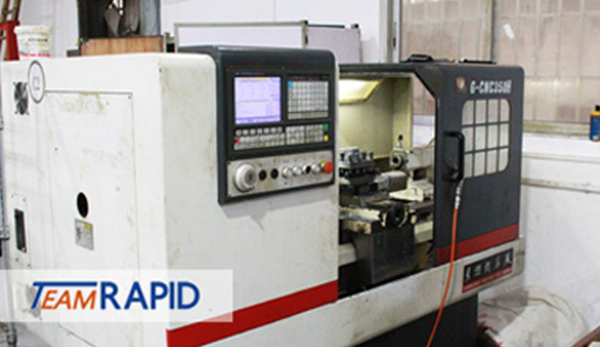
Turning is a machining process that involves rotating a workpiece while a cutting tool removes material from it. This process is commonly performed on a lathe machine. The cutting tool remains stationary as the workpiece spins, allowing for precise control over the final shape of the object.
Main Applications:
Production of cylindrical components such as shafts, pins, and bolts
Creation of threaded parts
Fabrication of conical shapes
Challenges:
Achieving high precision and surface finish
Dealing with vibrations and chatter
Managing tool wear and breakage
Drilling
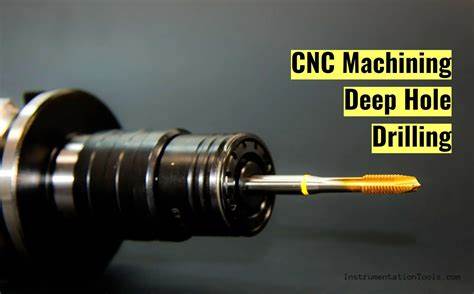
Drilling is a process that uses a rotating drill bit to create cylindrical holes in a workpiece. It is one of the most common machining operations and is essential for creating holes for fasteners, pipes, and other components.
Main Applications:
Creating holes for bolts, screws, and other fasteners
Producing holes for piping and electrical wiring
Preparing workpieces for further machining operations
Challenges:
Maintaining hole straightness and roundness
Preventing drill breakage and wear
Managing chip evacuation and heat generation
Boring
Boring is a machining process that enlarges and refines pre-drilled holes to achieve precise diameters and smooth internal surfaces. It is often performed after drilling to improve the accuracy and finish of the hole.
Main Applications:
Producing precise holes for bearings, bushings, and other components
Enlarging and finishing holes for improved fit and function
Creating internal grooves and features
Challenges:
Maintaining concentricity and alignment with the original hole
Controlling vibration and chatter for high precision
Selecting the appropriate boring tool for the material and application
Reaming
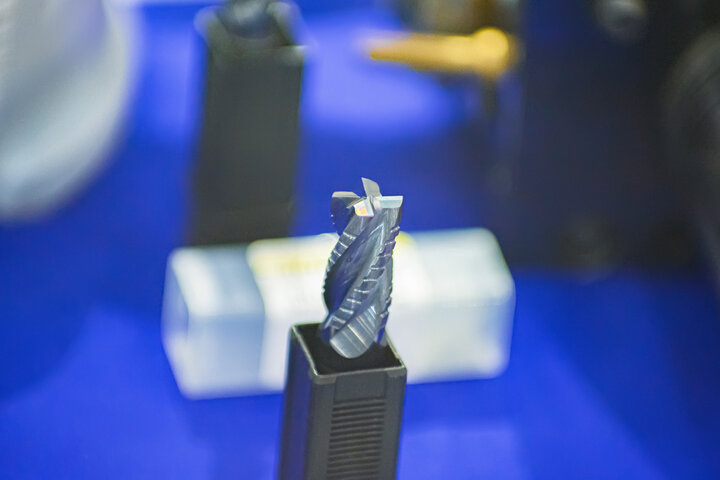
Reaming is a machining process that uses a multi-edged cutting tool called a reamer to improve the surface finish and dimensional accuracy of a pre-drilled hole. It is often performed after drilling or boring to achieve tighter tolerances and smoother surfaces.
Main Applications:
Finishing holes for precise fit of pins, bolts, and other components
Improving the surface finish of holes for better performance and appearance
Preparing holes for tapping and threading operations
Challenges:
Maintaining hole straightness and roundness
Preventing reamer wear and breakage
Selecting the appropriate reamer for the material and application
Milling
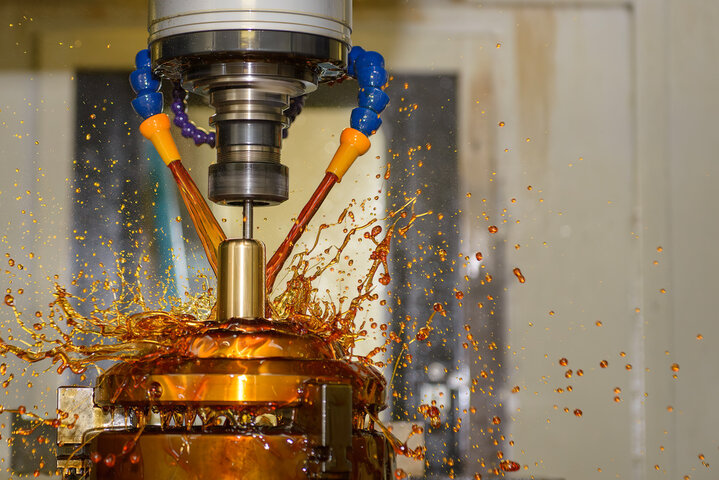
Milling is a machining process that uses a rotating multi-point cutting tool to remove material from a workpiece. The workpiece is fed against the rotating milling cutter, which chips away material to create the desired shape.
Main Applications:
Producing flat surfaces, grooves, slots, and contours
Creating complex shapes and features
Machining of gears, threads, and other intricate parts
Challenges:
Maintaining dimensional accuracy and surface finish
Managing vibration and chatter for high precision
Selecting the appropriate milling cutter and parameters for the material and application
Grinding
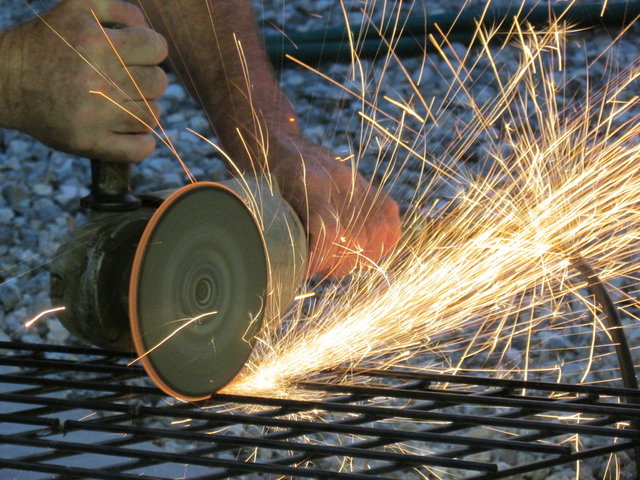
Grinding is a machining process that uses an abrasive wheel to remove small amounts of material from a workpiece. It is often used as a finishing operation to improve surface finish, dimensional accuracy, and remove any burrs or imperfections.
Main Applications:
Finishing of flat and cylindrical surfaces
Sharpening and reshaping of cutting tools
Removing surface defects and improving surface texture
Challenges:
Controlling heat generation and thermal damage
Maintaining wheel balance and preventing vibrations
Selecting the appropriate abrasive wheel and parameters for the material and application
Tapping
Tapping is the process of creating internal threads using a tool called a tap. The tap is rotated and driven into a pre-drilled hole, cutting threads into the hole's surface.
Main Applications:
Creating threaded holes for bolts, screws, and other fasteners
Producing internal threads in various materials, including metals and plastics
Repairing damaged threads
Challenges:
Maintaining thread accuracy and preventing cross-threading
Preventing tap breakage, especially in hard materials
Ensuring proper hole preparation and tap alignment
Planing
Planing is a machining operation that uses a single-point tool to create flat surfaces on a workpiece. The workpiece is moved linearly against the stationary cutting tool, removing material to achieve the desired flatness and dimensions.
Main Applications:
Producing large, flat surfaces such as machine beds and ways
Machining of dovetail slides and grooves
Squaring of workpiece ends and edges
Challenges:
Achieving high flatness and parallelism over large surfaces
Managing vibrations and chatter for smooth surface finish
Handling large and heavy workpieces
Knurling
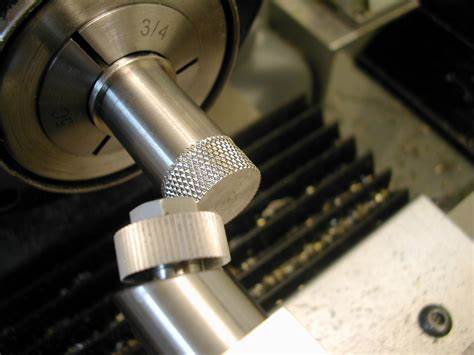
Knurling is a machining process that creates patterns of straight, angled, or crossed lines on the surface of a workpiece. It is often used to improve grip, aesthetic appearance, or to provide a better surface for holding lubricants.
Main Applications:
Producing grip surfaces on handles, knobs, and other cylindrical parts
Decorative finishes on various components
Creating surfaces for better adhesion or lubricant retention
Challenges:
Maintaining consistent knurl pattern and depth
Preventing tool wear and breakage
Selecting the appropriate knurl pitch and pattern for the application
Sawing
Sawing is a machining operation that uses a saw blade to cut a workpiece into smaller parts or to create slots and grooves. It can be performed using various types of saws, such as band saws, circular saws, and hacksaws.
Main Applications:
Cutting of raw materials into smaller workpieces
Creating slots, grooves, and cut-offs
Rough shaping of parts before further machining
Challenges:
Achieving straight and accurate cuts
Minimizing burrs and saw marks
Selecting the appropriate saw blade and parameters for the material and application
Shaping
Shaping is a machining process that uses a reciprocating single-point tool to create linear cuts and flat surfaces on a workpiece. The tool moves linearly while the workpiece remains stationary, removing material with each stroke.
Main Applications:
Machining of keyways, slots, and grooves
Producing flat surfaces and contours
Creating gear teeth and splines
Challenges:
Maintaining dimensional accuracy and surface finish
Controlling tool wear and breakage
Optimizing cutting parameters for efficient material removal
Broaching
Broaching is a machining operation that uses a multi-toothed cutting tool, called a broach, to remove material and create specific shapes in a workpiece. The broach is pushed or pulled through the workpiece, progressively removing material with each tooth.
Main Applications:
Creating internal and external keyways, splines, and gear teeth
Producing precise holes with complex shapes
Machining of slots, grooves, and other shaped features
Challenges:
High tooling costs due to specialized broaches
Maintaining broach alignment and rigidity for accurate cuts
Managing chip formation and evacuation
Honing
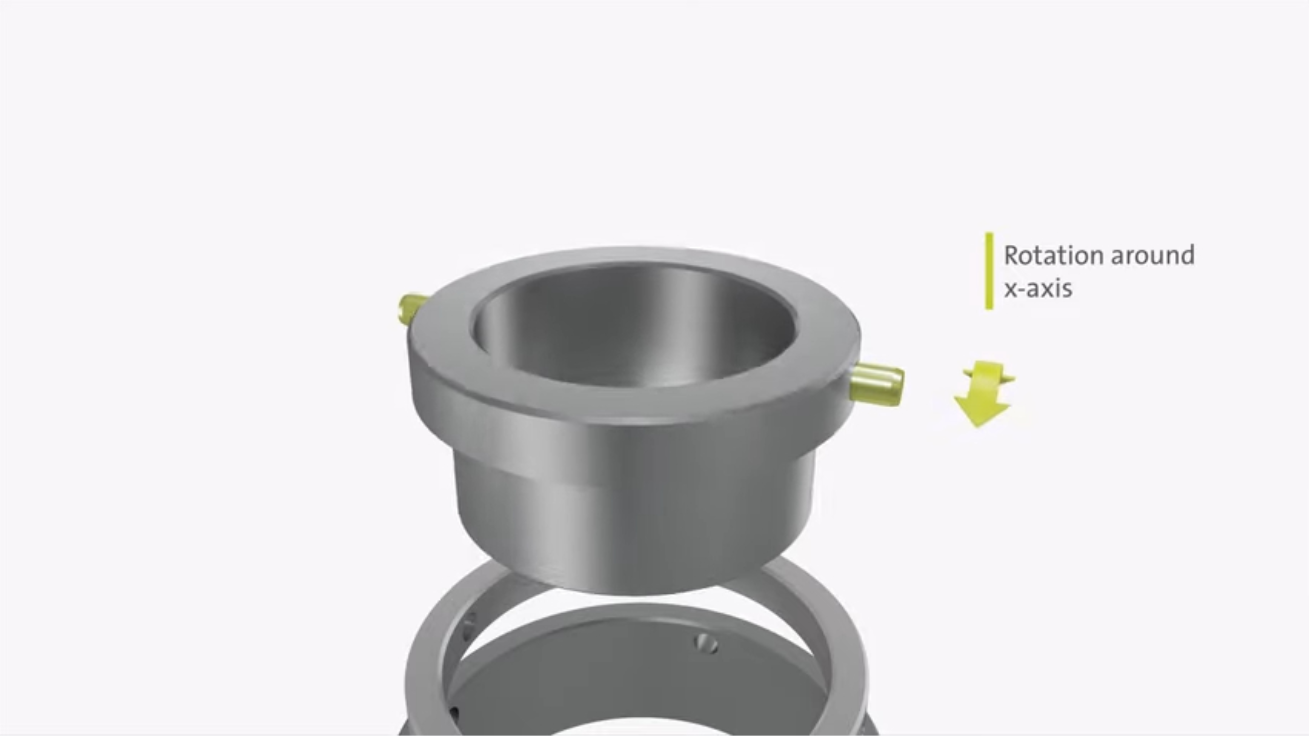
Honing is a machining process that uses abrasive stones to improve the surface finish and dimensional accuracy of cylindrical bores. The honing tool rotates and oscillates within the bore, removing small amounts of material to achieve the desired finish and size.
Main Applications:
Finishing of engine cylinders, bearings, and other precision bores
Improving surface finish and eliminating surface imperfections
Achieving tight tolerances and roundness
Challenges:
Maintaining consistent honing pressure and stone wear
Controlling cross-hatch angle and surface finish
Selecting the appropriate honing stones and parameters for the material and application
Gear Cutting
Gear cutting is a machining process that creates the teeth on gears using specialized cutting tools. It can be performed using various methods, such as hobbing, shaping, and broaching, depending on the gear type and requirements.
Main Applications:
Production of spur, helical, bevel, and worm gears
Machining of sprockets, splines, and other toothed components
Creation of internal and external gear teeth
Challenges:
Maintaining tooth profile accuracy and uniformity
Controlling tooth surface finish and minimizing gear noise
Selecting the appropriate gear cutting method and parameters for the application
Slotting
Slotting is a machining operation that uses a reciprocating cutting tool to create slots, grooves, and keyways in a workpiece. The tool moves linearly while the workpiece remains stationary, removing material to form the desired feature.
Main Applications:
Machining of keyways, slots, and grooves
Creating internal and external splines
Producing precise slots for mating components
Challenges:
Maintaining slot width and depth accuracy
Controlling tool deflection and vibration
Managing chip evacuation and preventing tool breakage
Threading
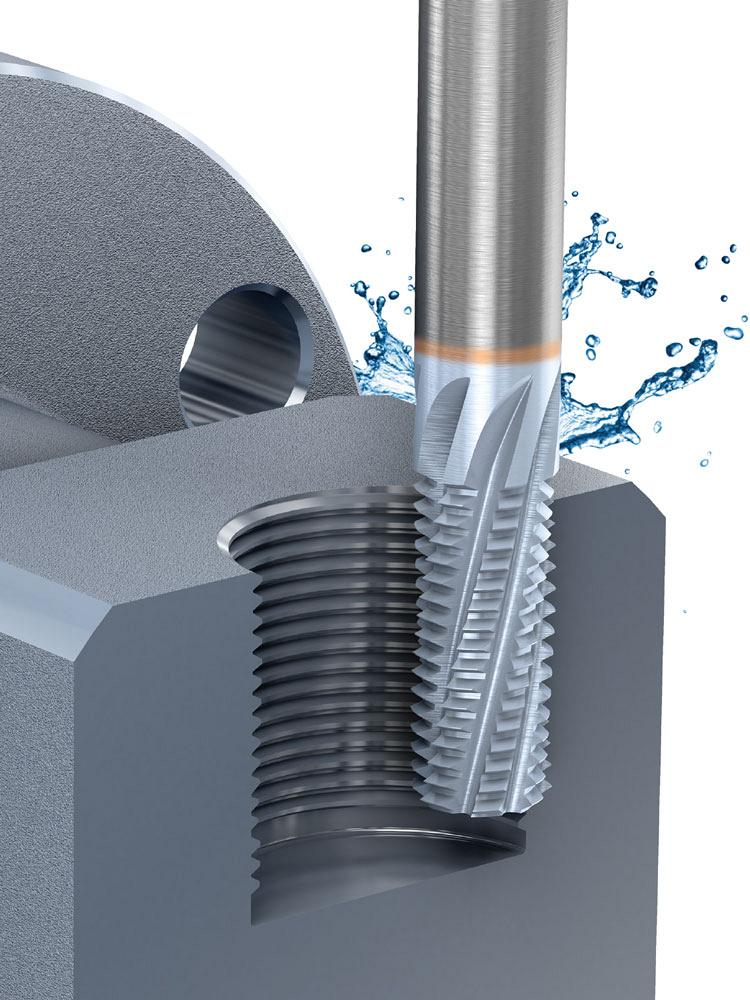
Threading is a machining process that creates external or internal threads on a workpiece. It can be performed using various methods, such as tapping, thread milling, and thread rolling, depending on the thread type and requirements.
Main Applications:
Production of threaded fasteners, such as bolts and screws
Creating threaded holes for assembly and mating components
Machining of lead screws, worm gears, and other threaded components
Challenges:
Maintaining thread pitch accuracy and consistency
Controlling thread surface finish and preventing thread damage
Selecting the appropriate threading method and parameters for the material and application
Facing
Facing is a machining operation that creates a flat surface perpendicular to the axis of rotation on a workpiece. It is commonly performed on a lathe or milling machine to ensure that the end faces of a part are smooth, flat, and perpendicular.
Main Applications:
Preparing the ends of shafts, pins, and other cylindrical components
Creating flat surfaces for mating parts and assemblies
Ensuring perpendicularity and flatness of workpiece faces
Challenges:
Maintaining flatness and perpendicularity over the entire face
Controlling surface finish and preventing chatter marks
Managing tool wear and ensuring consistent cutting conditions
Counterboring
Counterboring is a machining process that enlarges a portion of a pre-drilled hole to create a flat-bottomed recess for the head of a fastener, such as a bolt or screw. It is often performed after drilling to provide a precise, flush fit for the fastener head.
Main Applications:
Creating recesses for bolt and screw heads
Providing clearance for nuts and washers
Ensuring proper seating and alignment of fasteners
Challenges:
Maintaining concentricity and alignment with the original hole
Controlling counterbore depth and diameter accuracy
Selecting the appropriate cutting tool and parameters for the material and application
Countersinking
Countersinking is a machining operation that creates a conical recess at the top of a pre-drilled hole to accommodate the head of a countersunk fastener. It allows the fastener head to sit flush with or below the workpiece surface, providing a smooth and aerodynamic finish.
Main Applications:
Creating recesses for countersunk screws and rivets
Providing a flush or recessed finish for fasteners
Improving the aerodynamic properties of components
Challenges:
Maintaining consistent countersink angle and depth
Preventing chipping or breakout at the hole entrance
Selecting the appropriate countersink tool and parameters for the material and application
Engraving
Engraving is a machining process that uses a sharp cutting tool to create precise, shallow cuts and patterns on the surface of a workpiece. It can be performed manually or using CNC machines to produce intricate designs, logos, and text.
Main Applications:
Creating identification markings, serial numbers, and logos
Producing decorative patterns and designs on various materials
Engraving of molds, dies, and other tooling components
Challenges:
Maintaining consistent depth and width of engraved features
Controlling tool deflection and vibration for intricate designs
Selecting the appropriate engraving tool and parameters for the material and application
Non-conventional Machining Processes
Non-conventional machining processes involve techniques that don't rely on traditional cutting tools. Instead, they use various forms of energy—such as electrical, chemical, or thermal—to remove material. These methods are particularly useful for machining hard materials, complex geometries, or delicate parts. They are preferred when conventional methods fail due to material hardness, intricate designs, or other limitations.
Advantages of Non-conventional Machining
Non-conventional machining processes offer several benefits that make them indispensable in advanced manufacturing:
Precision machining of hard materials like high-temperature alloys and ceramics.
No direct contact between the tool and workpiece, minimizing mechanical stress.
Ability to machine complex shapes with intricate details and tight tolerances.
Reduced risk of thermal distortion compared to conventional processes.
Suitable for difficult-to-machine materials that traditional methods cannot handle.
Electrical Discharge Machining (EDM)
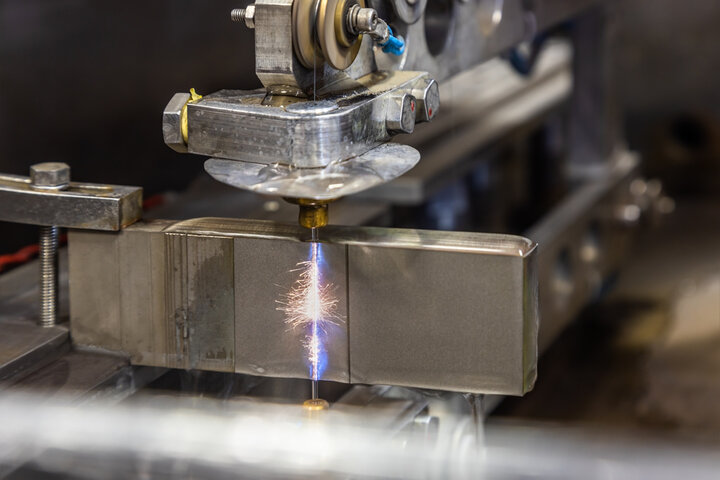
Technical process of EDM: EDM uses controlled electrical discharges to erode material from the workpiece. The tool and workpiece are submerged in a dielectric fluid, and a spark gap between them generates tiny arcs that remove material.
Main applications of EDM: EDM is ideal for producing complex shapes in hard, conductive materials. It is commonly used for mold making, die sinking, and creating intricate parts in the aerospace and electronics industries.
Challenges in EDM operations:
Slow material removal rates, especially on thicker workpieces.
Requires electrically conductive materials, limiting its versatility.
Chemical Machining
Technical process of chemical machining: Chemical machining, or etching, involves immersing the workpiece in a chemical bath to selectively dissolve material. Masks protect the areas that need to remain intact, while the exposed areas are etched away.
Main applications of chemical machining: It is used for producing intricate patterns on thin metal parts, such as in the electronics industry for creating circuit boards or decorative components.
Challenges in chemical machining operations:
Electrochemical Machining (ECM)
Technical process of ECM: ECM removes material using an electrochemical reaction. A direct current passes between the workpiece (anode) and the tool (cathode) in an electrolyte solution, dissolving the material.
Main applications of ECM: ECM is widely used in aerospace for machining hard metals and alloys, such as turbine blades and complex profiles.
Challenges in ECM operations:
Abrasive Jet Machining
Technical process of abrasive jet machining: This process uses a high-velocity stream of gas mixed with abrasive particles to erode material from the surface. The jet is directed at the workpiece, gradually removing material.
Main applications of abrasive jet machining: It is ideal for delicate operations like deburring, cleaning surfaces, and creating intricate patterns on heat-sensitive materials like ceramics and glass.
Challenges in abrasive jet machining operations:
Ultrasonic Machining
Technical process of ultrasonic machining: Ultrasonic machining employs high-frequency vibrations transmitted through a tool to remove material. Abrasive slurry between the tool and workpiece aids the process.
Main applications of ultrasonic machining: This method is ideal for machining brittle and hard materials, such as ceramics and glasses, often used in electronics and optical components.
Challenges in ultrasonic machining operations:
Laser Beam Machining (LBM)
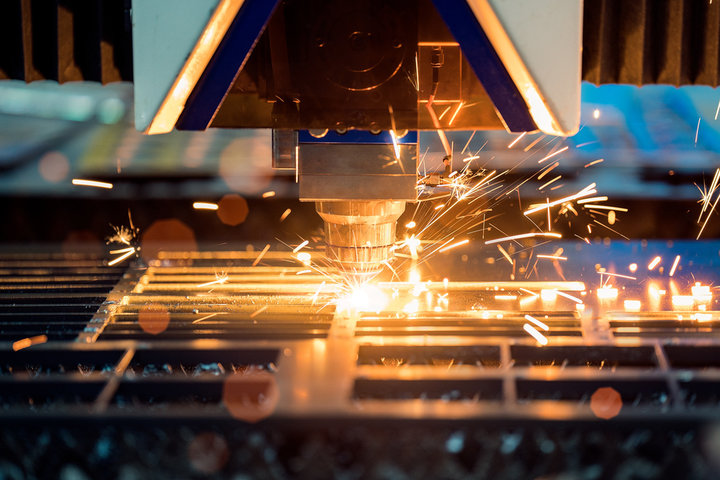
Technical process of LBM: LBM uses a focused laser beam to melt or vaporize material, offering precise cuts without direct contact. It is a non-contact, thermal process.
Main applications of LBM: LBM is used for cutting, drilling, and marking in industries requiring precision, such as automotive, medical devices, and aerospace.
Challenges in LBM operations:
Water Jet Machining
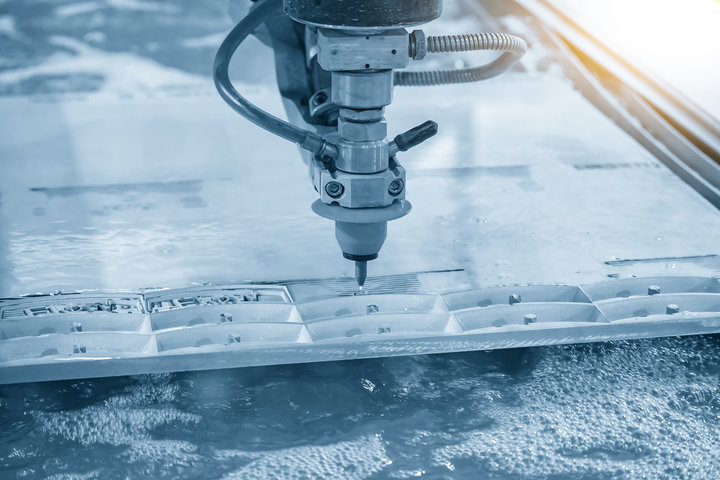
Technical process of water jet machining: Water jet machining uses a high-pressure stream of water, often combined with abrasive particles, to cut through materials. It’s a cold-cutting process that avoids thermal stresses.
Main applications of water jet machining: It is used for cutting metals, plastics, rubber, and even food products, making it popular in automotive, aerospace, and packaging industries.
Challenges in water jet machining operations:
Ion Beam Machining (IBM)
Technical process of IBM: IBM involves directing a concentrated beam of ions at the surface of the workpiece, altering its structure at a molecular level through bombardment.
Main applications of IBM: IBM is often used in the electronics industry to etch micro-patterns on semiconductor materials.
Challenges in IBM operations:
Plasma Arc Machining (PAM)
Technical process of PAM: PAM uses a high-velocity stream of ionized gas (plasma) to melt and remove material from the workpiece. The plasma torch generates extreme heat for cutting.
Main applications of PAM: PAM is used for cutting and welding hard metals, especially stainless steel and aluminum, in industries like shipbuilding and construction.
Challenges in PAM operations:
Electron Beam Machining (EBM)
Technical process of EBM: EBM uses a focused beam of high-velocity electrons to vaporize material from the workpiece. It is performed in a vacuum to ensure precision.
Main applications of EBM: EBM is used in high-precision applications like drilling micro-holes in aerospace components and manufacturing intricate medical devices.
Challenges in EBM operations:
Hot Machining
Technical process of hot machining: Hot machining involves preheating the workpiece and cutting tool to make material removal easier, particularly in hard-to-machine metals.
Main applications of hot machining: It is used for superalloys in aerospace, where materials become more machinable at high temperatures.
Challenges in hot machining operations:
Magnetic Field Assisted Machining (MFAM)
Technical process of MFAM: MFAM uses magnetic fields to enhance material removal during machining processes, improving depth and removal rates.
Main applications of MFAM: It is used for precision machining of hard materials like high-strength steels and composites in the automotive and aerospace sectors.
Challenges in MFAM operations:
Photochemical Machining
Technical process of photochemical machining: Photochemical machining uses light to mask specific areas of the workpiece, followed by chemical etching to remove material from the exposed areas.
Main applications of photochemical machining: It is used for producing thin, burr-free metal parts in industries like electronics and aerospace.
Challenges in photochemical machining operations:
Wire Electrical Discharge Machining (WEDM)
Technical process of WEDM: WEDM uses a thin, electrically charged wire to erode material through spark erosion, allowing for intricate cuts and tight tolerances.
Main applications of WEDM: WEDM is used for machining hard metals and alloys in aerospace, medical devices, and tool-making industries.
Challenges in WEDM operations:
Difference Between Conventional and Non-conventional Machining Processes
Machining processes can be classified into two main categories: conventional and non-conventional. Both play critical roles in modern manufacturing, offering unique approaches to material removal. Understanding the differences between these two types helps in choosing the most suitable method for specific manufacturing needs.
Key Differences Between Conventional and Non-conventional Machining
Conventional and non-conventional machining differ in their methods of material removal, tool use, and energy sources. Here are the key distinctions:
Material Removal:
Conventional machining: Removes material through direct mechanical force applied by cutting tools.
Non-conventional machining: Uses energy forms such as electrical, chemical, or thermal to erode material without direct mechanical contact.
Tool Contact:
Conventional machining: Requires physical contact between the tool and workpiece. Examples include turning, milling, and drilling.
Non-conventional machining: Often non-contact methods. Processes like Electrical Discharge Machining (EDM) and Laser Beam Machining (LBM) use sparks or light beams.
Precision:
Conventional machining: Ideal for achieving good precision but may struggle with highly intricate designs.
Non-conventional machining: Capable of producing extremely complex shapes and fine details, even in hard-to-machine materials.
Applicable Materials:
Conventional machining: Best suited for metals and materials that are easy to cut using mechanical tools.
Non-conventional machining: Can work with hard materials, ceramics, composites, and metals that are difficult to machine conventionally.
Energy Source:
Conventional machining: Relies on mechanical energy from the machine tools to remove material.
Non-conventional machining: Uses energy sources like electricity, lasers, chemical reactions, or high-pressure water jets to achieve material removal.
Advantages and Limitations of Each Type
Both machining types have their strengths and weaknesses, depending on the application.
Advantages of Conventional Machining:
Lower operational costs: Generally cheaper due to widespread availability of tools and machines.
Easier setup: Machines and tools are simple to operate, making it accessible for most manufacturing environments.
High-speed production: Suitable for high-volume production with fast material removal rates.
Limitations of Conventional Machining:
Limited material capability: Struggles to machine hard materials like ceramics or composites.
Tool wear and maintenance: Requires regular tool sharpening and replacement due to direct contact with the workpiece.
Difficulty in machining complex shapes: Precision is harder to achieve in intricate or detailed designs.
Advantages of Non-conventional Machining:
Can machine hard materials: Processes like EDM and laser machining can easily work on materials that are hard or brittle.
No tool wear: In non-contact processes, the tool does not physically wear out.
High precision and detail: Capable of machining extremely fine details and achieving intricate geometries with tight tolerances.
Limitations of Non-conventional Machining:
Higher cost: Typically more expensive due to the advanced technology and energy sources required.
Slower material removal rates: Non-conventional methods, like ECM or water jet machining, can be slower compared to traditional cutting methods.
Complex setup: Requires more expertise and control over process parameters, such as electrical current or beam focus.
Comparison Table
| Feature | Conventional Machining | Non-conventional Machining |
| Material Removal Method | Mechanical cutting or abrasion | Electrical, thermal, chemical, or abrasive |
| Tool Contact | Direct contact with workpiece | Non-contact in many methods |
| Precision | Good, but limited for intricate designs | High precision, suitable for complex shapes |
| Tool Wear | Frequent wear and maintenance | Minimal or no tool wear |
| Material Range | Suited for metals and softer materials | Capable of machining hard or brittle materials |
| Cost | Lower operational costs | Higher due to advanced technology |
| Speed | Faster for large volume production | Slower material removal in many processes |
Summary
This guide explored various machining processes, including conventional and non-conventional methods. Conventional techniques like turning and milling rely on mechanical force, while non-conventional processes like EDM and laser machining use electrical, chemical, or thermal energy.
Choosing the right machining process is critical. It affects material compatibility, precision, and production speed. Proper selection ensures efficiency, cost-effectiveness, and high-quality results in manufacturing. Whether working with metals, ceramics, or composites, understanding each method's strengths helps achieve the best outcome.
Reference Sources
Boring
Reaming
Honing
Gear Cutting
Ultrasonic Machining
Best CNC Machining Service
Knurling
Broaching


























